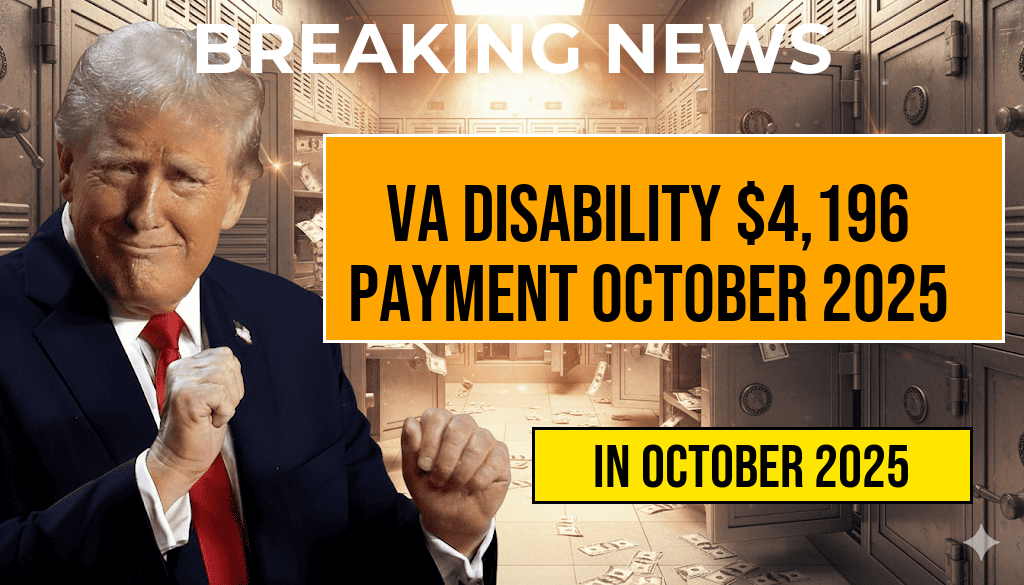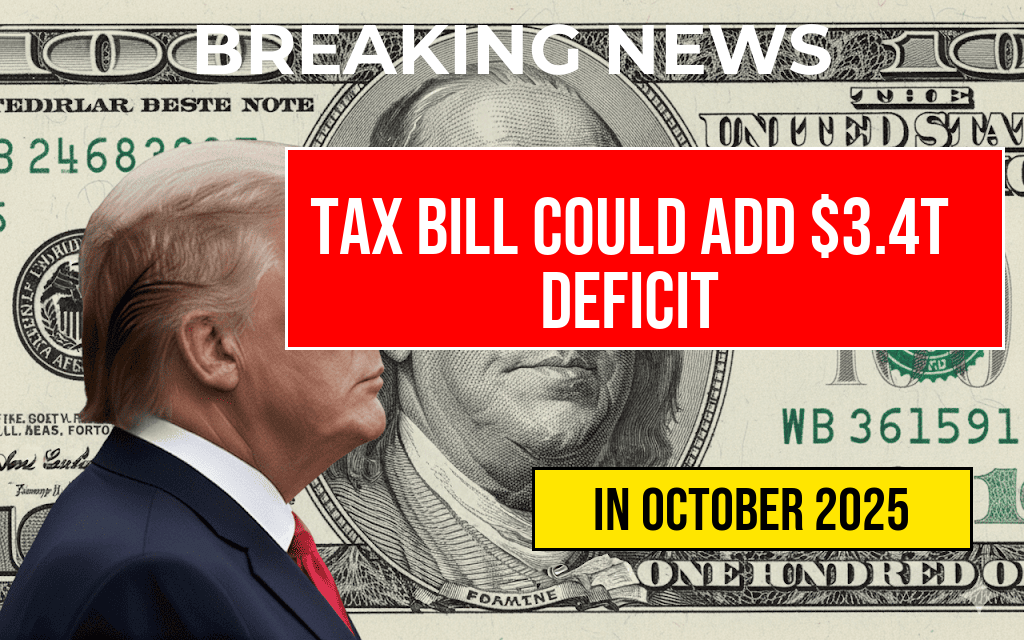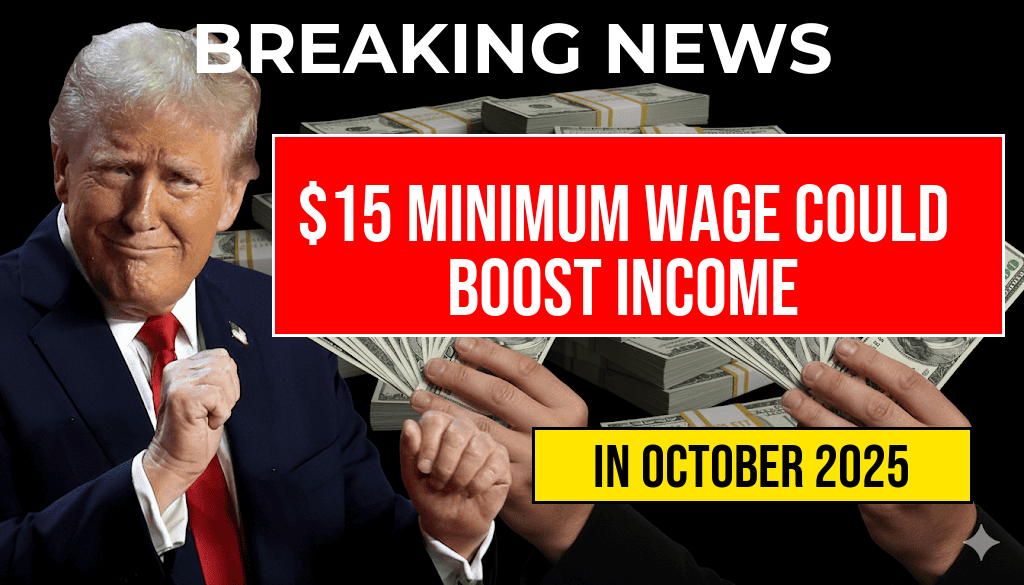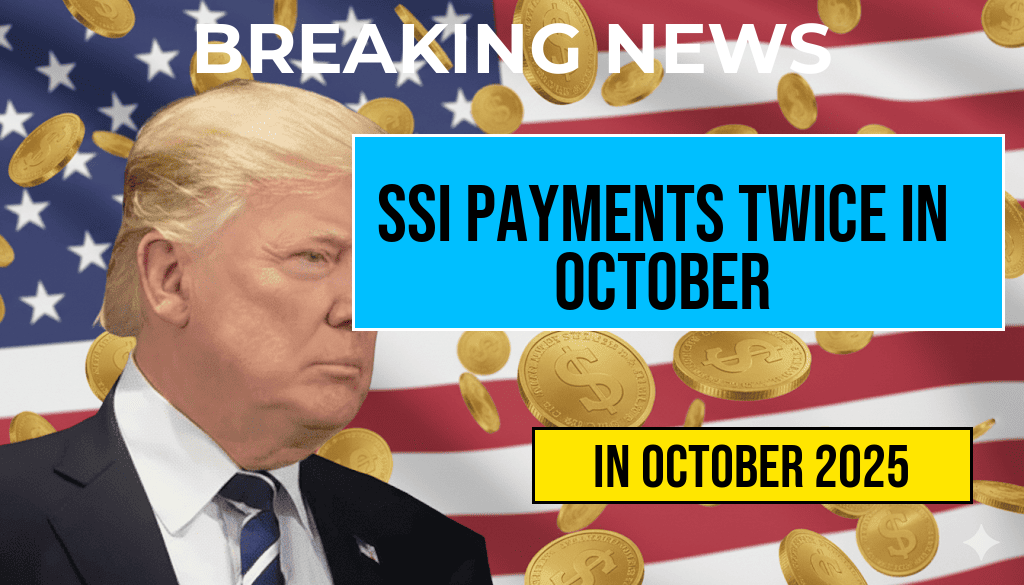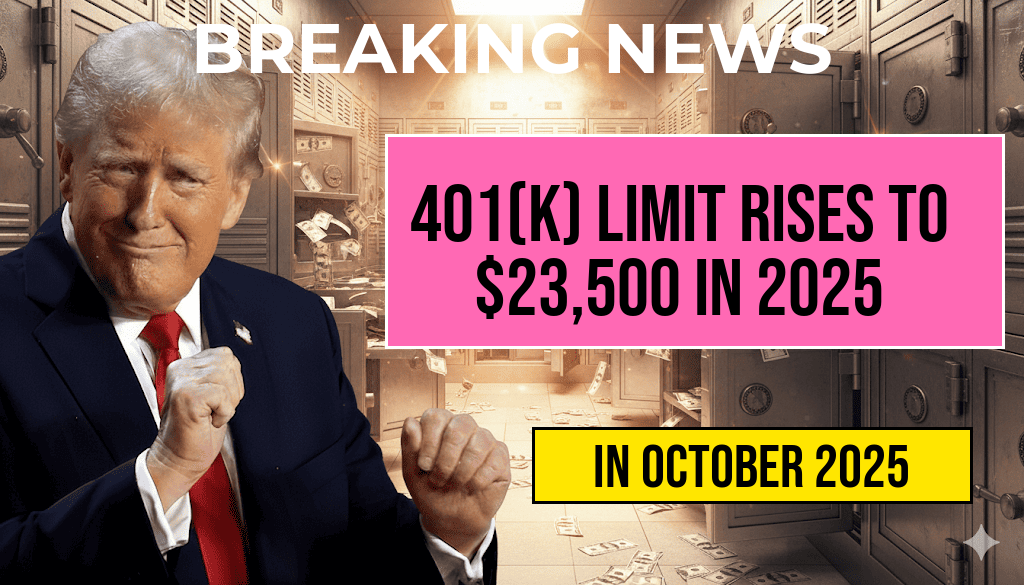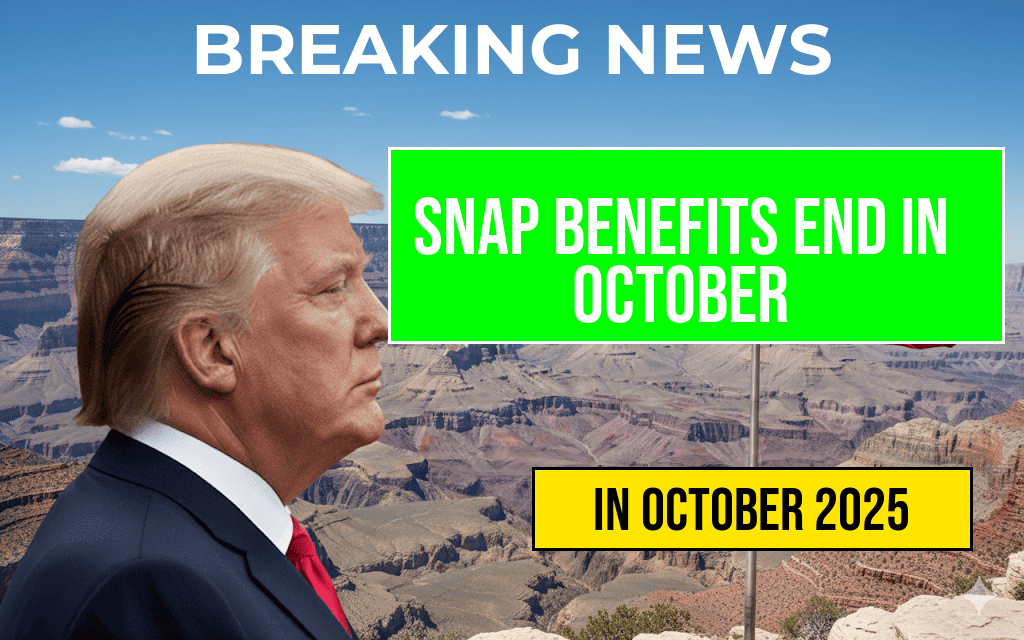A new study suggests that raising the federal minimum wage to $15 an hour could significantly boost the annual earnings of millions of American workers. The research estimates that approximately 32 million employees across various industries could see an increase of around $3,300 in their yearly income if the federal baseline reaches this level. The potential wage hike aligns with ongoing debates over economic inequality and the living standards of low-wage workers. Advocates argue that such a policy change could lift many out of poverty, while opponents caution about potential impacts on employment and business costs. The findings come amid renewed discussions in Congress and state legislatures about the future of minimum wage policies, with some jurisdictions already implementing higher local standards. This study provides a comprehensive look at the possible economic benefits of a federal increase and the broader implications for the U.S. labor market.
Analyzing the Potential Impact on Workers’ Earnings
The research, conducted by leading economic think tanks, utilizes recent labor data and projections to estimate the earnings boost for millions of workers if the federal minimum wage is raised to $15. According to the analysis, the increase would primarily benefit low-income workers employed in retail, hospitality, healthcare support, and other service sectors where wages are traditionally below the proposed threshold.
Key Findings of the Study
- Approximately 32 million workers could experience an average annual earnings increase of $3,300.
- The wage hike would primarily impact workers earning between <$15 and $20 per hour.
- Small businesses might face increased labor costs, but the overall effect on employment levels remains uncertain.
- States that have already implemented higher minimum wages report improved economic stability among low-income households.
Economic and Social Benefits
Proponents of the wage increase emphasize that higher earnings can lead to greater consumer spending, improved health outcomes, and reduced reliance on public assistance programs. The study highlights that, for many workers, an additional $3,300 annually could help cover essential expenses such as housing, healthcare, and transportation. This financial uplift could also contribute to narrowing the persistent wealth gap and fostering more equitable economic growth.
Potential Challenges and Concerns
Despite the optimistic projections, critics argue that a sudden increase in the minimum wage might have unintended consequences. Small business owners, in particular, express concerns about the increased operational costs possibly leading to reduced hiring or layoffs. Some economic models suggest that significant wage hikes could pressure employers to automate roles or cut back on hours, which might offset the intended benefits.
Employment Effects and Market Dynamics
| Scenario | Estimated Job Losses | Additional Benefits |
|---|---|---|
| Gradual Implementation | Minimal, with some job shifts from low-wage sectors | Improved worker morale and reduced turnover |
| Immediate Implementation | Potential for moderate layoffs in vulnerable industries | Rapid income boost for millions |
Policy Landscape and State-Level Variations
Several states and cities have already adopted minimum wages exceeding the federal level, with some reaching as high as $17 per hour. These local policies often serve as testing grounds for broader implementation and provide real-world data on economic impacts. For example, California and New York have reported positive effects on low-income communities, including increased consumer spending and reduced poverty rates, without significant employment declines (see Wikipedia’s Minimum Wage Article).
Federal vs. State Policies
- State and local increases often set precedents for federal policy debates.
- Uniform federal standards could simplify compliance but may face political resistance.
- Balancing economic growth with labor protections remains central to policy negotiations.
Broader Economic Context and Future Outlook
The push for a $15 federal minimum wage reflects broader efforts to address economic disparities and improve quality of life for low-wage workers. While some experts emphasize the importance of accompanying policies—such as earned income tax credits and worker training programs—to maximize benefits, others focus on the need for gradual implementation to mitigate potential disruptions.
As discussions continue in Congress and among policymakers, the findings of this recent study underscore the tangible financial gains that a modest wage increase could bring to millions of American workers. With ongoing economic recovery and shifting labor market dynamics, the debate over the federal minimum wage remains a pivotal element of the national economic discourse.
For more detailed insights into minimum wage policies and their impacts, visit Wikipedia’s comprehensive overview or explore recent analyses from Forbes.
Frequently Asked Questions
What is the proposed increase in the federal minimum wage discussed in the article?
The article discusses increasing the federal minimum wage to fifteen dollars per hour.
How many workers could benefit from the proposed minimum wage increase?
Approximately thirty-two million workers could see benefits from the wage increase.
What is the estimated annual earnings boost for workers if the minimum wage is increased to fifteen dollars?
Workers could see an annual earnings boost of approximately three thousand three hundred dollars.
How might the minimum wage increase impact low-income workers?
The increase could significantly improve the financial stability of low-income workers by providing them with higher earnings.
Does the study mention any broader economic effects of raising the minimum wage to fifteen dollars?
While the focus is on individual earnings, the study suggests that raising the federal minimum wage could have positive economic and social benefits for millions of workers and the economy as a whole.


